Search
information technology and software

A Method For Developing And Maintaining Evolving Systems With Software Product Lines
The idea of a software product line has been developed that views software products that are substantially similar, or which have substantially similar content, as being different products in a line of products that the organization develops. For example, flight software for different missions can be viewed as a line of products that fulfills this purpose, with many of the products having similarities, or in extreme cases being very similar with a few specializations.
This method expands this view further and sees an evolving system, one that will likely run for a long period of time, and which must have corrections, enhancements and changes made to it over a period of time, as essentially exhibiting a product line. More specifically, different versions or releases of the system are viewed as different 'products' that are substantially similar. This method opens a new field of developing a complex system that is likely to involve many interacting components for development as a product line, which can be developed with state-of-the-art software engineering techniques.
mechanical and fluid systems

Compact Vibration Damper
Structural vibrations frequently need to be damped to prevent damage to a structure. To accomplish this, a standard linear damper or elastomeric-suspended masses are used. The problem associated with a linear damper is the space required for its construction. For example, if the damper's piston is capable of three inches of movement in either direction, the connecting shaft and cylinder each need to be six inches long. Assuming infinitesimally thin walls, connections, and piston head, the linear damper is at least 12 inches long to achieve +/-3 inches of movement. Typical components require 18+ inches of linear space. Further, tuning this type of damper typically involves fluid changes, which can be tedious and messy. Masses suspended by elastomeric connections enable even less range of motion than linear dampers.
The NASA invention is for a compact and easily tunable structural vibration damper. The damper includes a rigid base with a slider mass for linear movement. Springs coupled to the mass compress in response to the linear movement along either of two opposing directions. A rack-and-pinion gear coupled to the mass converts the linear movement to a corresponding rotational movement. A rotary damper coupled to the converter damps the rotational movement. To achieve +/- 3 inches of movement, this design requires slightly more than six inches of space.
information technology and software
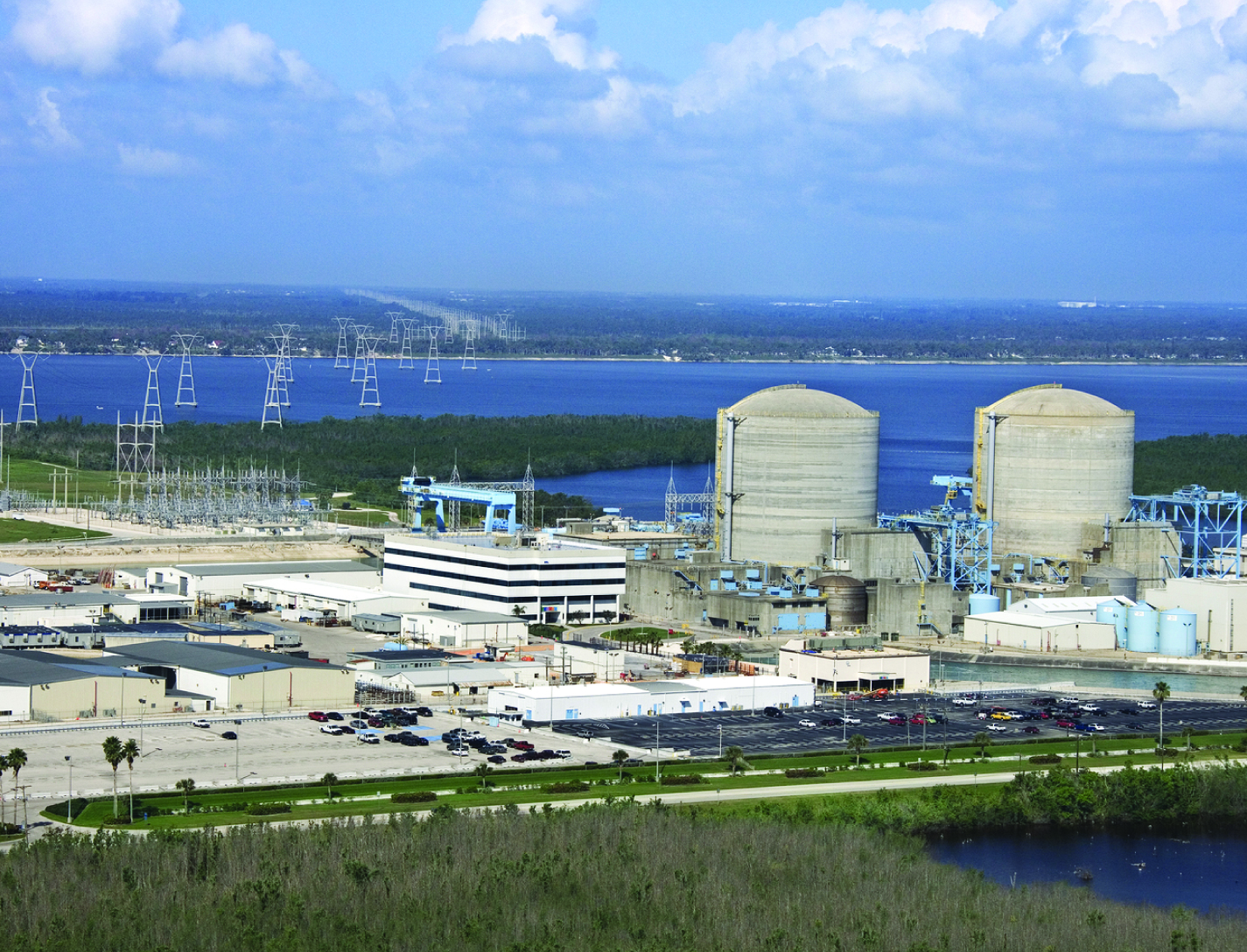
Inductive Monitoring System
The Inductive Monitoring System (IMS) software provides a method of building an efficient system health monitoring software module by examining data covering the range of nominal system behavior in advance and using parameters derived from that data for the monitoring task. This software module also has the capability to adapt to the specific system being monitored by augmenting its monitoring database with initially suspect system parameter sets encountered during monitoring operations, which are later verified as nominal. While the system is offline, IMS learns nominal system behavior from archived system data sets collected from the monitored system or from accurate simulations of the system. This training phase automatically builds a model of nominal operations, and stores it in a knowledge base. The basic data structure of the IMS software algorithm is a vector of parameter values. Each vector is an ordered list of parameters collected from the monitored system by a data acquisition process. IMS then processes select data sets by formatting the data into a predefined vector format and building a knowledge base containing clusters of related value ranges for the vector parameters. In real time, IMS then monitors and displays information on the degree of deviation from nominal performance. The values collected from the monitored system for a given vector are compared to the clusters in the knowledge base. If all the values fall into or near the parameter ranges defined by one of these clusters, it is assumed to be nominal data since it matches previously observed nominal behavior. The IMS knowledge base can also be used for offline analysis of archived data.
sensors
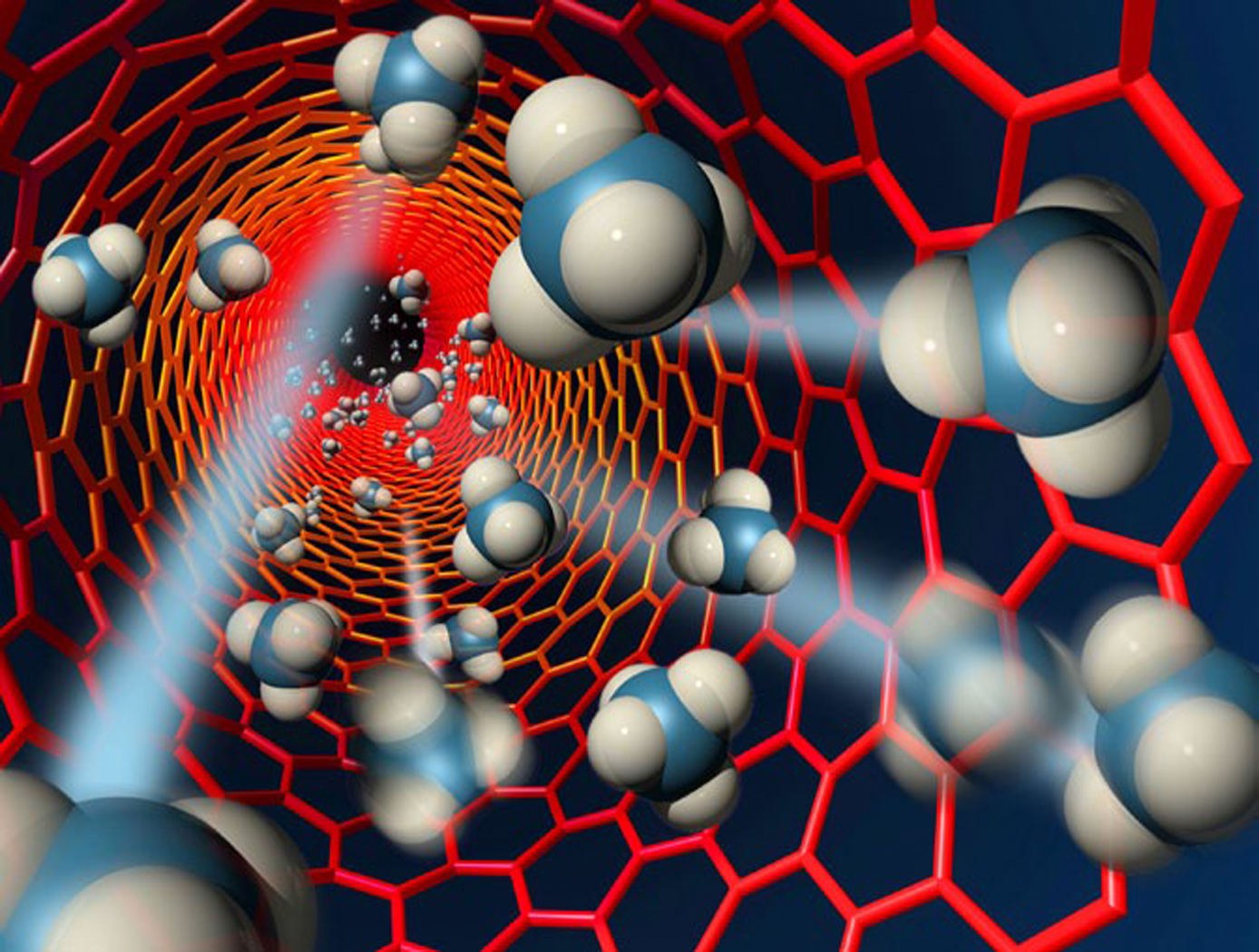
Gas Composition Sensing Using Carbon Nanotube Arrays
An array of carbon nanotubes (CNTs) in a substrate is connected to a variable-pulse voltage source. The CNT tips are spaced appropriately from the second electrode maintained at a constant voltage. A sequence of voltage pulses is applied and a pulse discharge breakdown threshold voltage is estimated for one or more gas components, from an analysis of the current-voltage characteristics. Each estimated pulse discharge breakdown threshold voltage is compared with known threshold voltages for candidate gas components to estimate whether at least one candidate gas component is present in the gas. The procedure can be repeated at higher pulse voltages to estimate a pulse discharge breakdown threshold voltage for a second component present in the gas.
The CNTs in the gas sensor have a sharp (low radius of curvature) tip; they are preferably multiwall carbon nanotubes (MWCNTs) or carbon nanofibers (CNFs), to generate high-strength electrical fields adjacent to the current collecting plate, such as a gold plated silicon wafer or a stainless steel plate for breakdown of the gas components with lower voltage application and generation of high current. The sensor system can provide a high-sensitivity, low-power-consumption tool that is very specific for identification of one or more gas components. The sensors can be multiplexed to measure current from multiple CNT arrays for simultaneous detection of several gas components.
mechanical and fluid systems
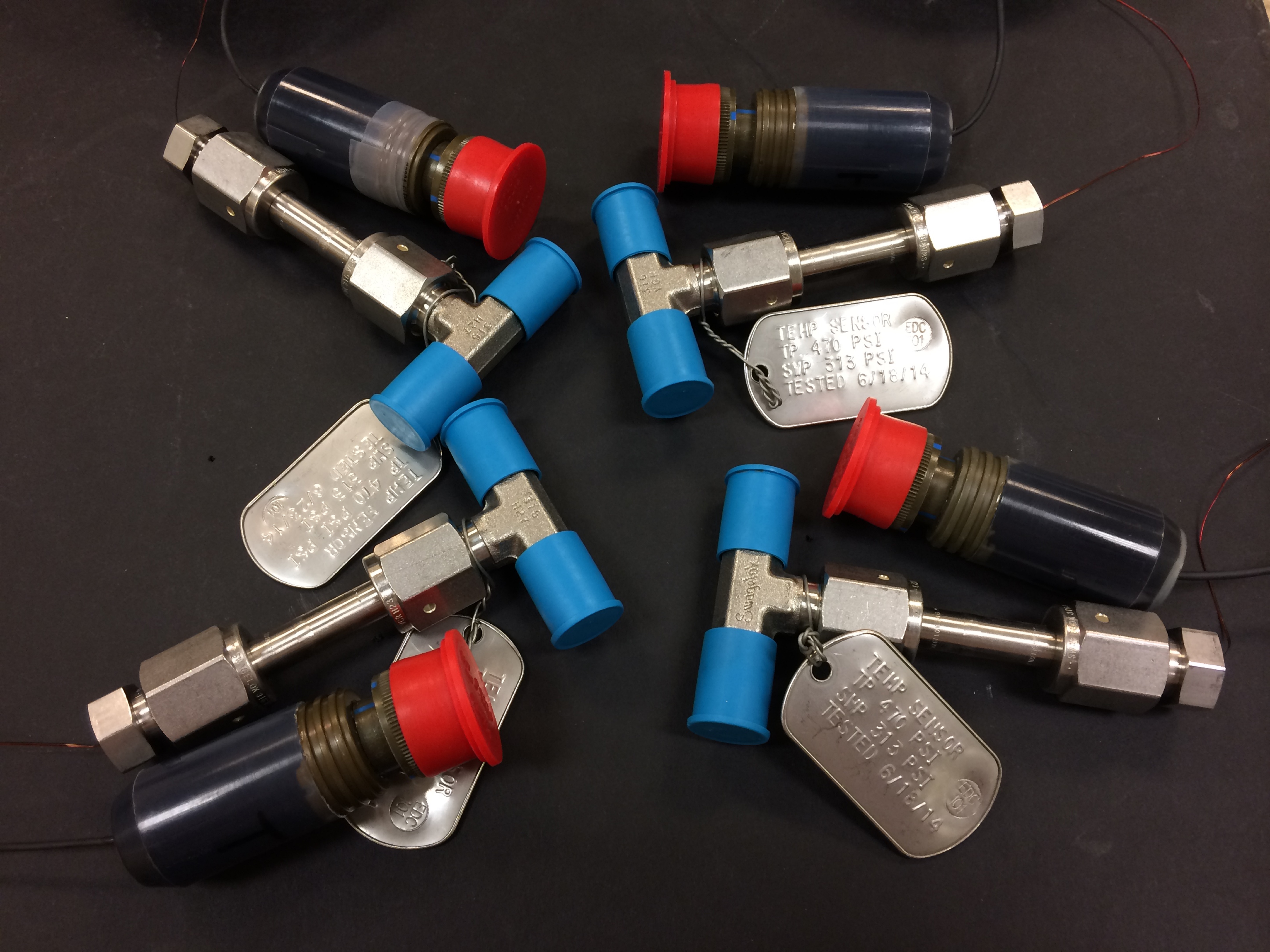
Feedthrough for Severe Environments and Temperatures
Space and ground launch support related hardware often operate under extreme pressure, temperature, and corrosive conditions. When dealing with this type of equipment, it is frequently necessary to run wiring, tubes, or fibers through a barrier separating one process from another with one or both operating in extreme environments. Feedthroughs used to route the wiring, tubes, or fibers through these barriers must meet stringent sealing and leak tightness requirements.
This affordable NASA feedthrough meets or exceeds all sealing and leak requirements utilizing easy-to-assemble commercial-off-the-shelf hardware with no special tooling. The feedthrough is a fully reconfigurable design; however, it can also be produced as a permanent device. Thermal cycling and helium mass spectrometer leak testing under extreme conditions of full cryogenic temperatures and high vacuum have proven the sealing capability of this feedthrough with or without potting (epoxy fill) on the ends. Packing material disks used in the construction of the device can be replaced as needed for rebuilding a given feedthrough for another job or a different set of feeds if potting is not used for the original feedthrough build. (Potting on one or both sides of the sleeve provides double or triple leak sealing protection). Variable Compression Ratio (VCR) connectors were adapted for the pressure seal on the feedthrough; however, any commercial connector can be similarly adapted. The design can easily be scaled up to larger (2" diameter) and even very large (12" or more) sizes.
optics

Strobing to Mitigate Vibration for Display Legibility
The dominant frequency of the vibration that requires mitigation can be known in advance, measured in real time, or predicted with simulation algorithms. That frequency (or a lower frequency multiplier) is then used to drive the strobing rate of the illumination source. For example, if the vibration frequency is 20 Hz, one could employ a strobe rate of 1, 2, 4, 5, 10, or 20 Hz, depending on which rate the operator finds the least intrusive. The strobed illumination source can be internal or external to the display.
Perceptual psychologists have long understood that strobed illumination can freeze moving objects in the visual field. This effect can be used for artistic effect or for technical applications. The present innovation is instead applicable for environments in which the human observer rather than just the viewed object undergoes vibration. Such environments include space, air, land, and sea vehicles, or on foot (e.g., walking or running on the ground or treadmills). The technology itself can be integrated into handheld and fixed display panels, head-mounted displays, and cabin illumination for viewing printed materials.
electrical and electronics
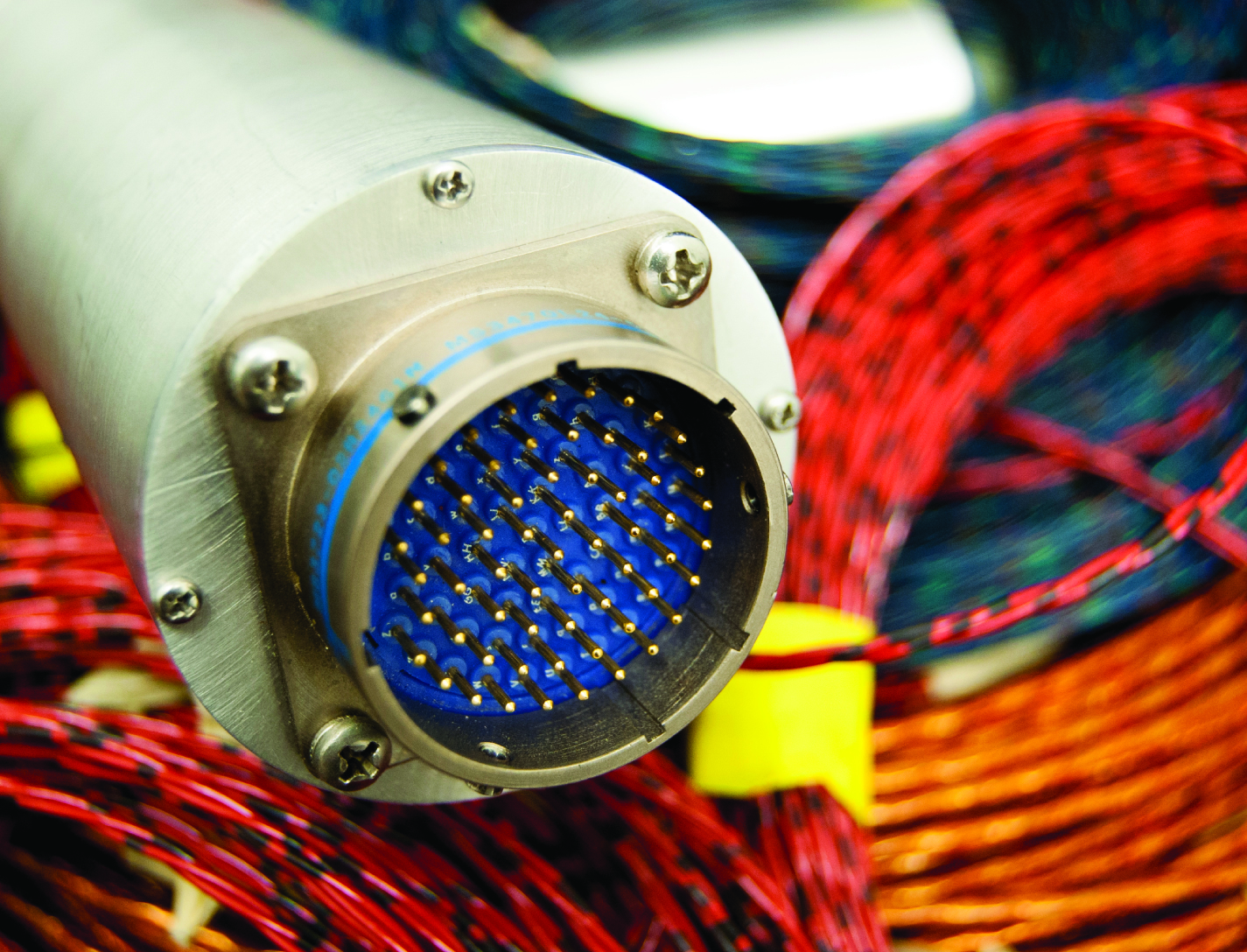
In Situ Wire Damage Detection and Rerouting System
The tester was designed to monitor electrical faults in either online or offline modes of operation. In the online mode, wires are monitored without disturbing their normal operation. A cable can be monitored several times per second in the offline mode, and once per second in the online mode. The online cable fault locator not only detects the occurrence of a fault, but also determines the type of fault (short/open/intermittent) and the location of the fault. This enables the detection of intermittent faults that can be repaired before they become serious problems. Since intermittent faults occur mainly during operations, a built-in memory device stores all relevant fault data. This data can be displayed in real time or retrieved later so maintenance and repairs can be completed without spending countless hours attempting to pinpoint the source of the problem.
Hardware and algorithms have also been developed to safely, efficiently, and autonomously transfer electrical power and data connectivity from an identified damaged/defective wire in a cable to an alternate wire path. This portion of the system consists of master and slave units that provide the diagnostic and rerouting capabilities. A test pulse generated by the master unit is sent down an active wire being monitored by the slave unit. When the slave unit detects the test pulse, it routes the pulse back to the master unit through a communication wire. When the master unit determines that a test pulse is not being returned, it designates that wire as faulty and reroutes the circuit to a spare wire.
mechanical and fluid systems
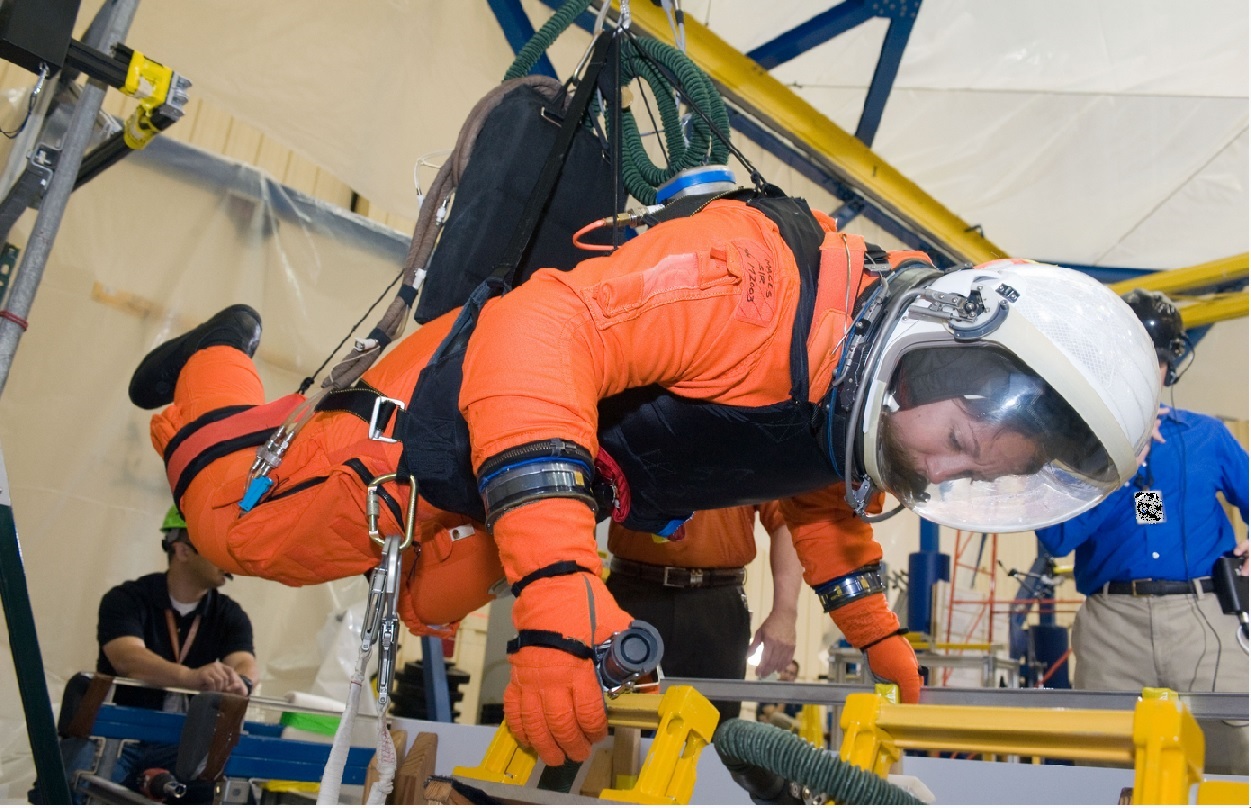
Full-Size Reduced Gravity Simulator For Humans, Robots, and Test Objects
The Active Response Gravity Offload System (ARGOS) provides a simulated reduced gravity environment that responds to human-imparted forces. System capabilities range from full gravity to microgravity. The system utilizes input/feedback sensors, fast-response motor controllers, and custom-developed software algorithms to provide a constant force offload that simulates reduced gravity.
The ARGOS system attaches to a human subject in a gimbal and/or harness through a cable. The system then maintains a constant offload of a portion of the subjects weight through the cable to simulate reduced gravity. The system supports movements in all 3 dimensions consistent with the selected gravity level. Front/back and left/right movements are supported via a trolley on an overhead runway and bridge drive system, and up/down movements are supported via a precisely positioned cable. The system runs at a very high cycle rate, and constantly receives feedback to ensure the human subjects safety.
materials and coatings
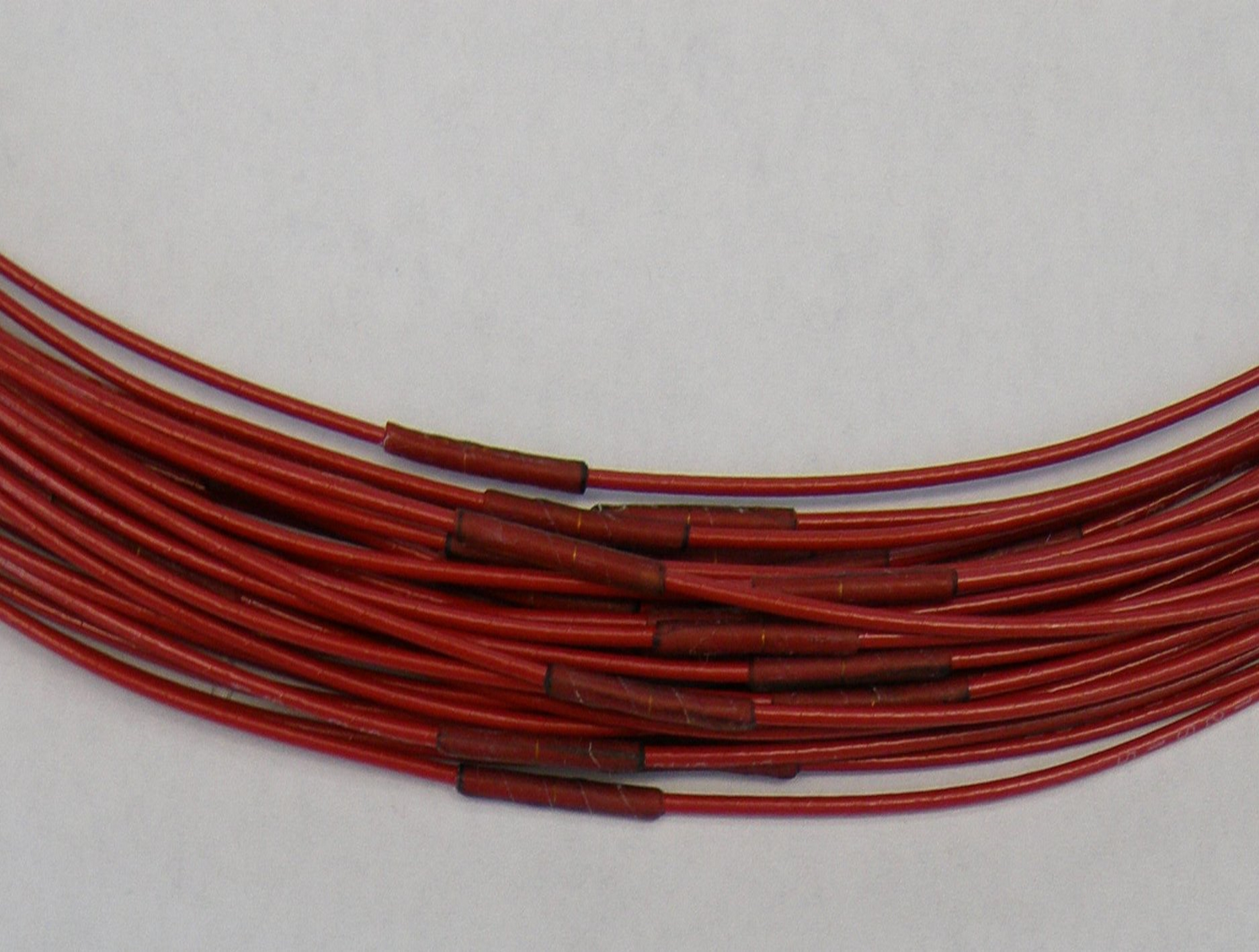
Polyimide Wire Insulation Repair System
A major limitation of current aerospace wire insulation is that it tends to crack and fray as it ages and is easily damaged. Generally, it is more cost-effective to repair wire insulation than to replace a section of the wire (or bundle) itself. Current repair methods include a tape wrap repair and a heat shrink repair. These methods have a number of drawbacks: susceptibility to vibration, fluid intrusion, and other mechanical stresses. The repair patch/material can loosen or separate, exposing the bare metal conductor or opening the polyimide insulation to more damage at the interface.
The technology developed by KSC is a flexible polyimide film patch (either wrap or sleeve) that is heated with a custom heating tool to melt, flow, and cure the film. The new technology results in hermetically sealed, permanent repairs that are much more flexible and less intrusive than repairs made using current practices. The repair remains flexible after application, has no limit in length or bend radius, and retains the high-temperature exposure of the original polyimide insulation. Extensive testing by NASA and NAVAIR has demonstrated that these repairs comply with industry standards for tensile strength, electrical resistivity, voltage breakdown, solvent resistance, and flammability. This system is adaptable and may also be used on larger-gauge wiring, as well as flat-ribbon wire harnesses and twisted shielded wires.
communications
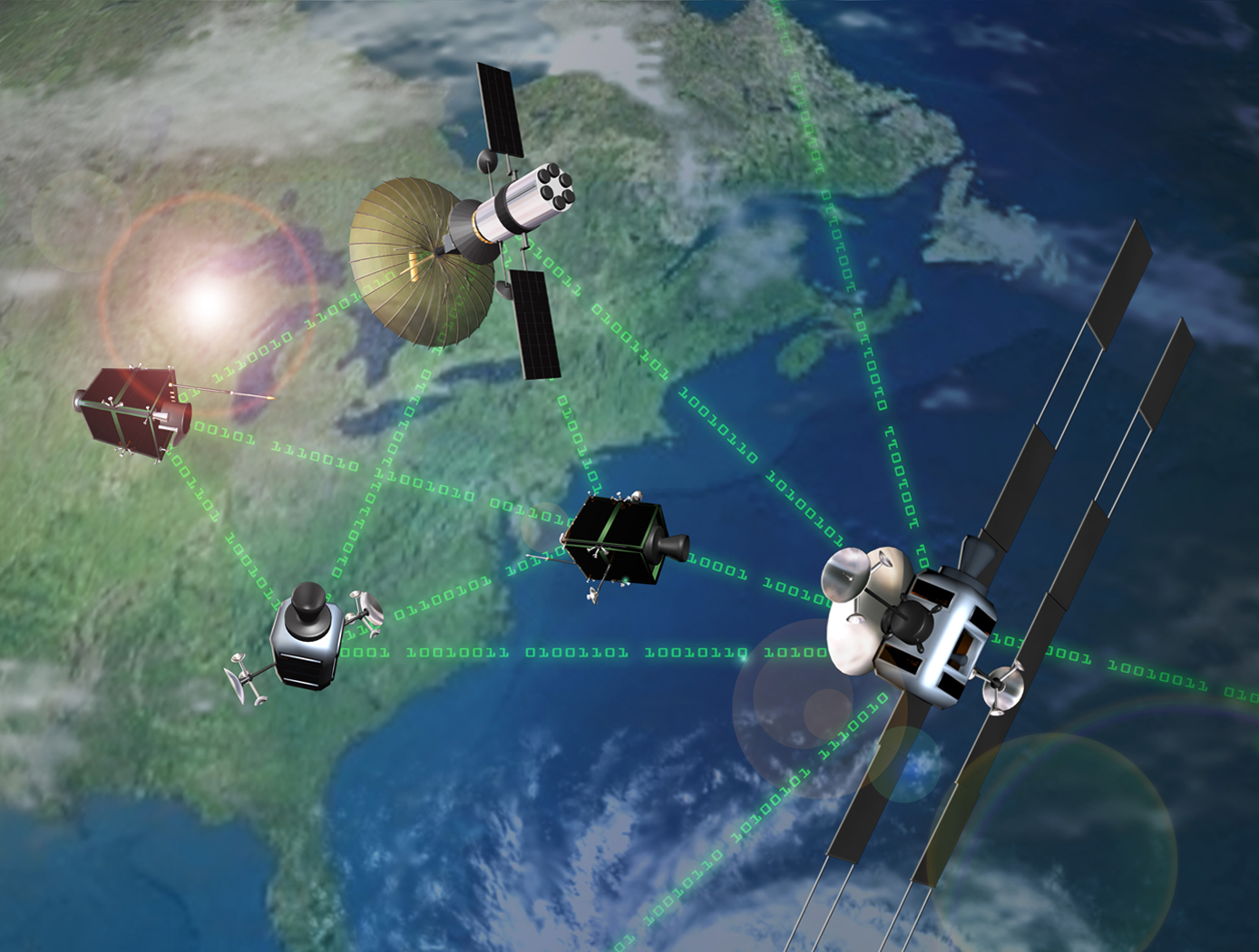
Heterogeneous Spacecraft Networks
Heterogeneous Spacecraft Networks address an emerging need, namely, the ability of satellites and other space-based assets to freely communicate with each other. While it appears that there has been no significant effort to date to address the application, emergence of such a solution is inevitable, given the rapidly-growing deployments of small satellites. These assets need to be able to communicate with each other and with global participants. Extending established global wireless network platforms like Wi-Fi and ZigBee to space-based assets will allow different satellite clusters to assist each other. For example, one cluster could provide images of the earths surface when another cluster is with out visibility at the needed time and location. More importantly, use of such common platforms will enable collaboration among individuals, institutions, and countries, each with limited assets of its own. Thus, allowing the incorporation of space-based assets into commercial wireless networks, and extending commercial communications into low Earth orbit satellites, access to satellite data will become ubiquitous.Similarly, some global networks will also benefit from the ability of a variety of nodes of different types to communicate with each other. One instance is in the emerging Internet of Things (IoT), where an enormous number of smart objects work together to provide customized solutions.


